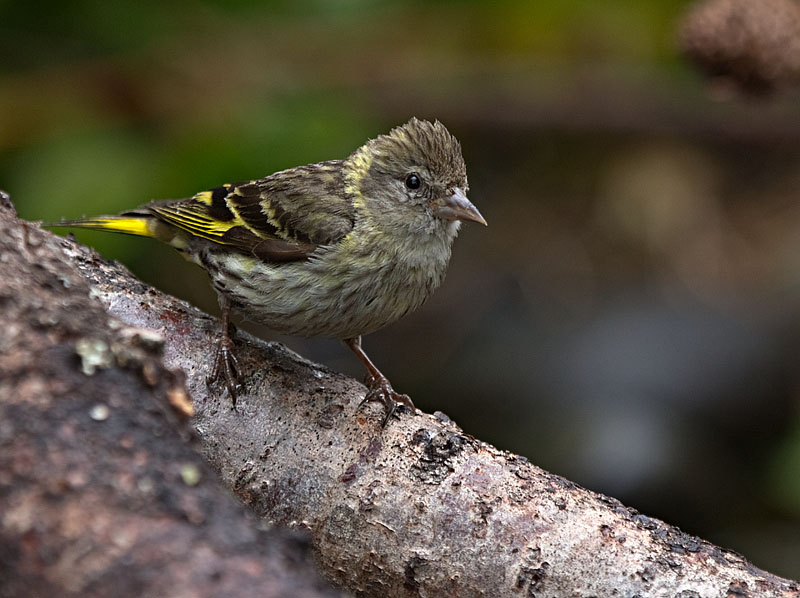
Subspecies that are found in different regions of the continent. Migratory birds range throughout North America and are confirmed to have three further Pine Siskins are goldfinches that are often confused with sparrows in appearance. They forage dense thickets, backyards, and gardens and flock around feeders in suburban areas. In urban areas, theyĪre also drawn to mineral deposits on winter roadbeds, that are salted to melt snow and ice.īackyard feeders that offer small seeds also attract these birds.Īlthough the Pine Siskin prefers evergreen forests with open canopies they are quite adaptable as they search for seeds. Weedy fields, grasslands, roadsides, and backyard gardens and lawns. They prefer feeding open forest canopies where there are abundant cone seeds, a shortage ofįood can also lead them to forage in habitats as diverse as deciduous forests and meadows, Mixed forests, but can also inhabit parks, cemeteries, and suburban woodlands. They generally nest in open coniferous or Pine Siskin HabitatĪs their names suggest, Pine Siskins thrive in open conifer forests, with the Northern Pineįorests hosting some of their largest populations. During broods, the male feeds the female as she is perched or on the nest. They also feed on young buds of plants and the stem and leaves of weeds and young garden vegetables. They feed on deciduous seeds such as maples. The Pine Siskin is fond of pine seeds and cedars. Scavenge fragments of larger seeds left by heavier-billed birds. These birds seem to prefer smaller seeds without tough shells but will Young to contribute to their growth before the young and old alike continue to predominantly consume seeds. Subsequently forage for insects like spiders and aphids. Many other birds, Pine Siskins require protein-rich diets during breeding, and thus They have also been seen sucking from sapwells created by sapsuckers. In urbanĪreas, they have been found to glean the seeds of grasses, dandelions, sunflowers, and

Deciduous seeds like alder, birch, and maples are also a part of their diet.

Pine Siskins primarily consume seeds of pines and conifers like cedars, larch, hemlock, and

They are common in bird feeders over the winter season as they cling to branch tips of pine trees and sometimes are seen to hang upside down. The unique shape of their bills is slender than those of most finches. They are a group of small songbirds with sharply pointed bills. The flashes of yellow can be seen as they burst into flight or during courtship displays. Pine Siskin bodies are heavily streaked and brown with light yellow edges on its wings. Their wingspan ranges between 7 – 8.7 inches. They are unique fromĪmerican sparrows by their heavy streaking, slender bills, forked tail, and these colored They have yellow patches on their wings and tails,Īnd sometimes also have additional white streaks on their wings. Adults are brown on their upperparts and pale on the underparts, with While they are in flight, their forked tails and pointed wingtips areĬonspicuously visible. Their bills are unique among most finches and are considered to be Pine Siskins are very small songbirds about 4.3 – 5.5 inches long with sharp, pointed billsĪnd short, notched tails.


 0 kommentar(er)
0 kommentar(er)
